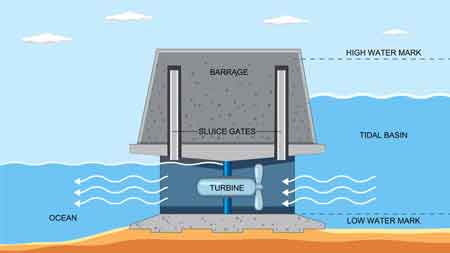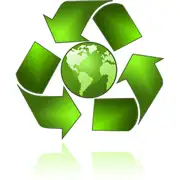Renewable Power Explained

Renewable power drives grid decarbonization via solar PV, wind turbines, hydropower, energy storage, power electronics, and smart grid integration, optimizing reliability, efficiency, and demand response in modern electric power systems.
What Is Renewable Power?
Renewable power is electricity from sustainable sources, using power electronics and storage for grid integration.
✅ Power electronics: inverters, converters, MPPT control
✅ Grid integration: protection, stability, frequency regulation
✅ Energy storage: batteries, BMS, dispatch for peak shaving
Renewable power technology is developing rapidly around the world aided by range of economic support mechanisms. This paper reviews the various mechanisms, and explores the relative merits of technology push and market pull approaches. It compares the approaches adopted in the UK with those used elsewhere. For readers new to the topic, a clear overview of what is renewable energy helps frame the policy context being discussed here.
THE RENEWABLE CHALLENGE
Renewable power technologies are new entrants into the world's electricity generation systems. However, they face an uphill struggle against the well established dominant electricity generation power technologies coal and gas, plus nuclear. Given increasing concerns about climate change, governments around the world have tried to simulate the expansion of renewable power generation via a range of subsidies and other financial support systems. As policymakers weigh options, comparative lists of renewable energy sources illustrate how technology maturity and costs vary across the sector.
Underlying the approaches to the development of renewable power technologies that have been adopted around the world is a basic distinction between supply side "technology push" approaches and demand side "market pull" approaches. It was perhaps inevitable that technology push dominated initially, in the mid 1970s, as new technologies needed research and development (R&D) effort, with much of the funding coming from government in the form of grants to research teams. However, by the early 1980s, the emphasis shifted in most countries to a market pull approach. Evidence from markets that track renewable power sources shows how pull mechanisms can accelerate deployment once early R&D has de-risked the technologies.
MARKETS OR SUBSIDIES?
Renewable power technologies need subsidies to get established, but at some point they should be able to compete with traditional methods of generating electricity, without subsidy. Wind power has nearly reached that point, and some waste or biofuel combustion options have already passed it. So, for these attractive renewable power technologies, the energy market has achieved its primary goal, even though it has maybe not led to much overall installed capacity. In practice, sustained cost declines have followed broader adoption of clean renewable energy solutions in competitive procurement schemes.
However, there are new renewable power options which need continued support, such as wave and tidal power. With the large scale wave and tidal programs abandoned, and in the new liberalized electricity market, the emphasis being on smaller scale plants, the focus amongst the surviving research teams had been on smaller scale inshore and onshore wave system and on the more recent idea of extracting renewable power from tidal flows.>/p>
For emerging marine concepts, insights into alternative energy power provide useful parallels for scaling prototypes to commercial arrays.
Projects like this, which were at best at the demonstration stage and more usually at the R&D stage, are not suited to support under the NFFO or the RO, which are meant for 'near market' technologies. By contrast the REFIT approach has provided support for technologies such as photovoltaic solar which are still very expensive on the assumption that costs will come down later as the market for the technology was expanded by subsidised lift off. So far, as we have seen, the UK approach does not seem to have done enough to help much near market technology take off. It is even less suited to less developed technologies. This may be one reason why, despite having a very large renewable power potential, so much of the world lags behind North America in terms both of developing capacity now, and in terms of meeting targets for the future. International case studies of alternative energy solutions underline the importance of stable, long-term policy design for investor confidence.
The challenge facing the United States is particularly striking. Whereas Germany already gets 14 per cent of its electricity from renewable power sources, the United States gets only about 1 per cent of its electricity from wind, solar, and geothermal combined. But more than half the states have set ambitious goals for increasing the use of renewable power, and president-elect Barack Obama wants 10 per cent of the nation's electricity to come from renewable power sources by the end of his first term, rising to 25 per cent by 2025. Yet unlike Germany, which has begun planning for new transmission lines and passing new laws meant to accelerate their construction, the United States has no national effort under way to modernize its system. A failure to improve the nation's grid will be a significant burden for the development of new renewable power technologies. Grid modernization discussions often reference foundational definitions and metrics outlined in learn the facts guides that connect resource potential with transmission needs.










